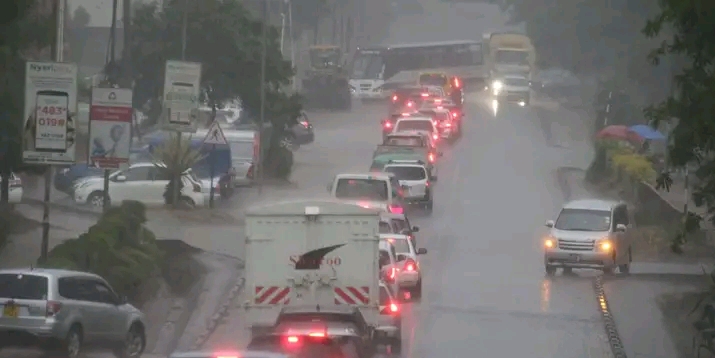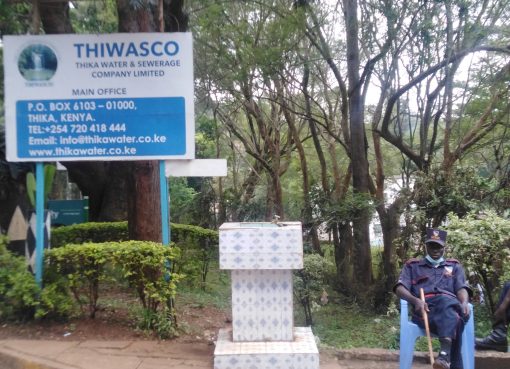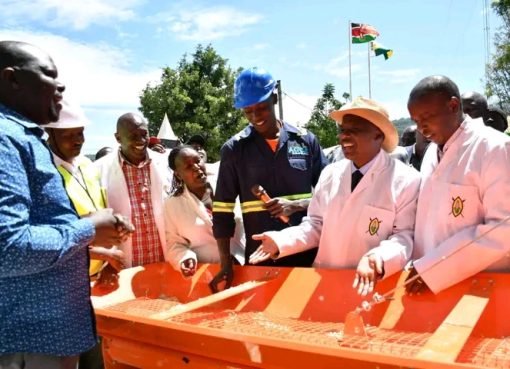The Kenya Meteorological department has announced that the much-anticipated long rains will commence this weekend in some parts of the country.
The March-May rainy season constitutes an important rainfall season in Kenya more so in the Western, Rift Valley and Central regions as most farmers rely on rain fed agriculture.
According to the department’s update on the March-May 2023 long rains season, light to moderate rainfall is expected in Siaya, Kisumu, Homa bay, Migori, Kisii, Nyamira, Trans Nzoia, Baringo, Uasin Gishu, Elgeyo Marakwet, Nandi, Laikipia, Nakuru, Narok, Kericho, Bomet, Kakamega and Bungoma over this weekend.
The rainfall is expected to increase in intensity and spread to other areas from Monday and farmers in these areas have been advised to liaise with the Ministry of Agriculture for advice on the appropriate seeds to plant as well as good agricultural practices to employ to maximize their yields.
The rainfall is likely to later spread to Nairobi, Nyandarua, Nyeri, Meru, Embu, Kirinyaga, Muranga, Kiambu and Tharaka Nithi and it is expected to increase in intensity and spread to other areas towards the end of the third week of March.
According to the forecast, a few areas in the North Eastern part of the country comprising Garissa, Wajir, Mandera, Isiolo and Marsabit will also receive light rainfall this weekend. The intensity is likely to increase from Wednesday but the onset of rains in these areas is undefined as the light rainfall is likely to be followed by long dry spells.
The weatherman predicts that Kajiado, Kitui, Makueni, Machakos and Taita Taveta counties are likely to remain generally dry but a few areas might occasionally receive some light rainfall from Tuesday which will spread to several other areas during the fourth week of March, marking the onset of the seasonal rainfall.
Mombasa, Tana River, Lamu, Kilifi and Kwale are expected to remain generally sunny for the remaining part of March though occasional rainfall will be experienced from the fourth week of March. The onset of the seasonal rainfall is expected during the first and the second week of April in the South Coast and the second and third week in the North Coast.
“The expected rainfall is as a result of the impact of the cyclone Freddy which developed off the North Australian Coast and became a named storm on 6th February,” reads the update.
By Diana Meneto





